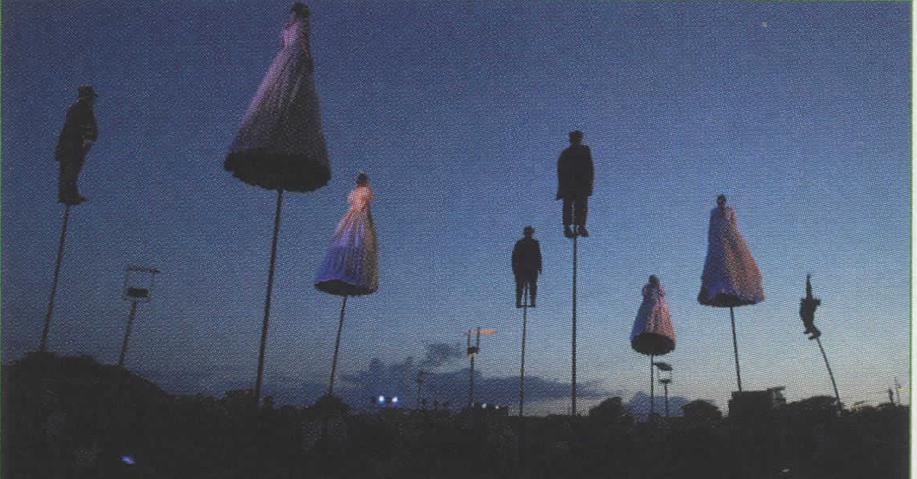Ireland’s changing. Fast. Where once the country stirred up images of threadbare tweed jackets, alcoholism and an omnipotent church, Ireland has become the new Land of Opportunity. Nowhere is the change more apparent than in Galway, the heart of Ireland’s west and, once a year, host of the country’s largest arts festival.
“In the late ’80s, unemployment was at 20 percent, inflation was at 20 percent, interest rates were at 20 percent,” claims John Concannon, the Chief Executive at Ireland West Tourism, “and there were absolutely no job prospects. When people came out of school, everyone went to New York or London, because there was absolutely nothing happening.” These facts of a former Ireland are well known. Our image of Ireland has been shaped by the artists who’ve made them known. James Joyce revealed to us the strength of Catholic guilt, Frank McCourt the pervasiveness of poverty on the Emerald Isle. What is lesser known are the facts of today’s Ireland. Here are some of those facts: 1994 marked the last year that those fleeing exceeded those flocking. Then, net emigration was 4,800. In 2003, net immigration was 30,000. Other facts: When Pope John Paul II was sworn in, 90 percent of Irish Catholics went to Mass at least once a week. Since, the number has dropped to 44 percent.
“The big institutions which traditionally great writers rebelled against, the church, the oppressor from across the water — all those kind of suppressions are gone,” said John Crumlish, the festival manager, “If you’re 24, British rule doesn’t mean anything to you.”
Since its birth in 1978, the Galway Arts Festival has traditionally been on the forefront of the Irish arts scene. In the last 26 years, the festival has featured theater, music and literary lectures by the likes of Stomp, Dave Eggers, Spalding Gray, Radiohead, the Beastie Boys and the Beijing Dance Academy — which performed last year in one of the town’s traditional churches.
“All these Irish musicians were out watching it, really getting into it. In the pews you could hear them talking amongst themselves, saying `Jesus, they’re brilliant.'” In Galway, traditional Ireland blends readily with its newer worldlier image.
In heading the festival, Crumlish is in the unique position of identifying new themes in Irish culture through art. This year, modern motifs, like the Internet and reality TV, have started to replace traditional ones. To appear on the 2005 program, for instance, is a new play by up-and-coming writer Stuart Carolan about the cult of celebrity. The festival has commissioned the piece. In explanation, Crumlish offered,
“Celebrity in Ireland has really taken off.”
Regardless, as Concannon is eager to emphasize, Ireland is still a land rich in culture, and traditional themes remain a foundation for emerging ones to stand on. Crumlish maintains that it is the Tom Murphys and Seamus Heaneys that allow the younger generation of artists to exist.
One element that has remained throughout the history of the Galway Arts Festival is its emphasis on site-specific work, a principle which Crumlish believes has affected art throughout the globe.
“You’d have to spend millions to achieve a similar effect in a larger city,” the festival manager said, pointing out that while he manages to take over the entire county of Galway every year, it took Christo 10 years and $20 million to aesthetically energize Central Park, a patch in the middle of Manhattan.
Though some may argue that Galway itself only makes up a patch of the country, Crumlish is happy to use the area as the launching pad for his ultimate mission:
“To turn the whole population into artists so then we won’t have an audience. That’s what you ultimately want, the quality of life would be so good at that point.” ♦


Leave a Reply